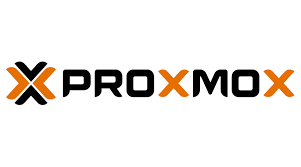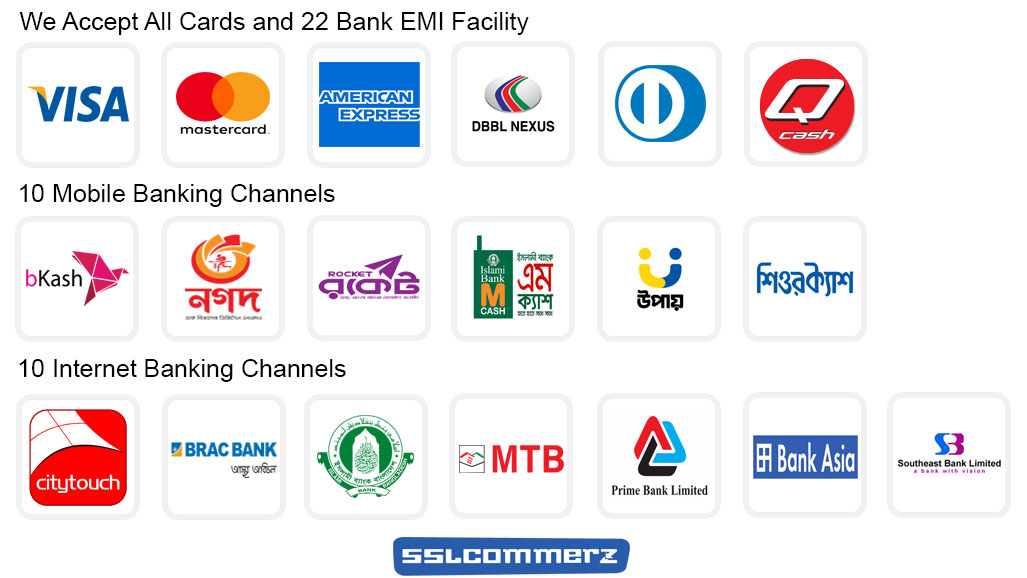No products in the cart.
Enterprise Virtualization using Proxmox

This 32 hours course features intensive hands-on training that focuses on installing,
configuring, and managing Proxmox, which includes Proxmox Virtual Environment 7.2 and
Proxmox Backup Server 2.3. This course prepares you to administer a full-fledge cloud
infrastructure for an organization of any size. This course helps understand the mostly used
technologies in software-defined data center.
Course Objectives
The training course consists of several modules and practical lab exercises, covering
deployment, setup and configuration.
• Overview of Server Virtualization Technology
• Overview about Proxmox VE: concept, architecture, underlying technologies
• Single node setup
• Installation and software updates management
• Introduction to web-based management (GUI)
• Basics authentication and user management
• Network model
• Storage model – local and shared storage
• KVM: create and manage virtual machines-VM (Windows & Linux)
• LXC: create and manage containers-CT (Linux only)
• Local Backup – restore and scheduling any task
• Proxmox VE Firewall
• Proxmox VE Cluster: concept, architecture, features
• Hardware requirements for a cluster installation
• PVE Cluster: features / setup / configuration / management
• High Availability (HA) – Proxmox VE HA Manager and corosync
• Hyper-converged Infrastructure (HCI) with Ceph
• Software Defined Network
• Open-Source Enterprise Backup Solution using Proxmox Backup Server (PBS)
• Many exercises and hands-on troubleshooting throughout the training.
Intended Audience
- System Administrators/Engineer
- Network Engineer
- IT Specialist
- Anyone who wants to deploy virtualization on Home-Lab
Prerequisites
This course has the following prerequisites:
- Basic Networking knowledge
- Familiar with Linux Operating systems
Product Alignment
- Proxmox VE 7.2 or 7.3
- Proxmox Backup Server 2.3
Course Summary
Course Fee
৳ 15,000
Training Method
Online
Total Modules
16
Course Duration
24 Hours
Total Session
12
Class Duration
2 Hours

Details Course Outlines
Module-01
Course Introduction
- Introductions and course logistics
- Course objectives
Module-02
Introduction to Virtualization Technologies
- Virtualization Technologies & Architectural Overview
- Hardware Core Components Overview
- Hypervisor Overview
- Explain Virtualization Types & Categories
- What Virtualization Technologies Are Available ?
- Important Virtualization Terminologies
- Software-Define Data Center Overview
Module-03
Introduction of Containerization
- What is LXC and LXD
- Containerization Architecture and Overview
- Why we use containers?
- Containers vs Virtual Machines
- LXC/LXD vs Docker
Module-04
Setup Proxmox Virtualization
- Overview about Promox VE
- Single node setup: concept, architecture, underlying technologies
- Hardware requirements
- Installation and Configuration of Proxmox VE
- Software updates and NTP Configuration
- Web-based management (GUI)
Module-05
Identity and Access Management ( IAM )
- Basics Authentication & Authorization
- Securing The root Account
- Permission Management & Privileges
- Multi-Factor Authentication for Users
- Groups and Roles
Module-06
Virtualization Networking Model
- Proxmox Networking Basics and Network Diagram
- IP Configuration & Management
- VLAN Basics and Configuration
- Bridge Configuration
- Linux Bond Config
Module-07
Storage model - local and shared storage
- Storage Concepts
- Difference between Block, File & Object Storage.
- Understand SAN storage including Fibre SAN, iSCSI SAN
- Directory-based storage
- Shared-LVM storage
Module-08
Virtual Machines and Containers
- KVM: create and manage virtual machines (Windows & Linux)
- LXC: create and manage containers (Linux only)
- Manage VM/CT startup and shutdown behavior
- Creating VM/Container Templates
- Creating VM Clone
- Modify and Manage Virtual Machines (Resource management)
Module-09
Proxmox VE Cluster setup: concepts / architecture / technology
- Clustering Overview
- Create Cluster
- Join Cluster Nodes
Module-10
High Availability (HA) - The Proxmox VE HA Manager
- High Availability (HA) Overview
- Create HA Group
- Resource Add, Restart & Relocate Configuration
Module-11
Hyper-converged Infrastructure (HCI) with Proxmox VE
- Overview of Hyper Convergence
- Benefits of HCI
- Deploy Hyper-Converged Ceph Cluster
- Ceph Installation & Configuration
Module-12
Testing
- Live Migration
- Auto-failover
- High Availability (HA)
Module-13
Proxmox VE Firewall
- Security enhancement concepts
- IPtables/Firewall Overview
- Generated IPtables Rules
- Host-Specific Firewall Rules
- VM Specific Firewall Rules
- Security Group Implementation
- Proxmox VE Hosts Security
- Filter Remote IPs
Module-14
Software Defined Network
- Basic Overview
- Installation and Configuration
- Different Zones and technologies
- VNets setup
- Controllers: EVPN and BGP
- Integration of IPAMs and DNS plugins
- Setup Example: VLAN, QinQ, VXLAN, EVPN
- VXLAN IPSEC Encryption
Module-15
Data Protection: local Backup, Restore & Scheduling
- Backup Procedure Overview
- Backup Jobs & Retention Policy
- VM Backup
- VM Snapshot & VM Clone
- VM Live Migration
- VM Restore & Snapshot Revert
Module-16
Proxmox Backup Server (PBS): Open-Source Enterprise Backup Solution
- Overview and Features
- Reasons for Data Backup?
- Backup: Incremental & Deduplication
- Installation and Configuration
- Integration with Proxmox VE
- Backup Job creation and management
- Restoration
